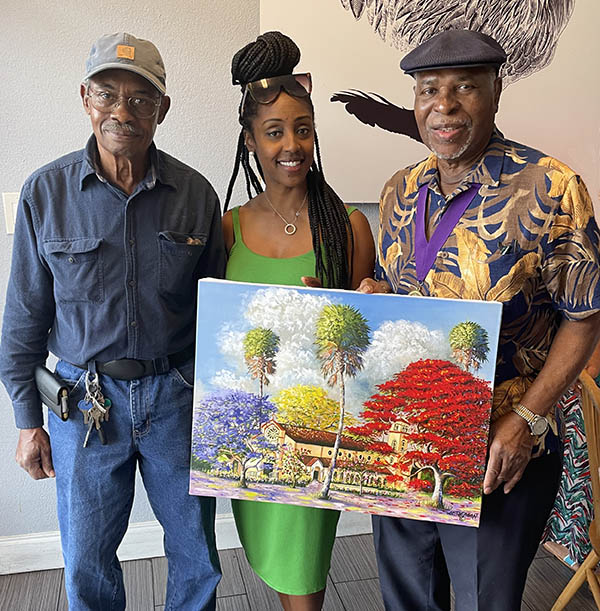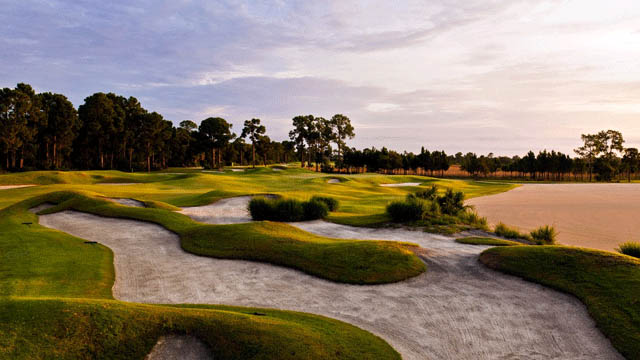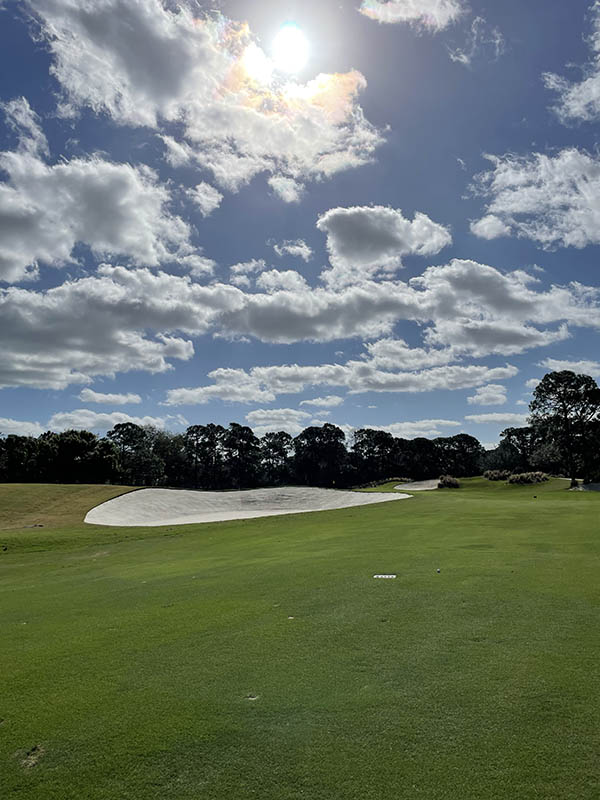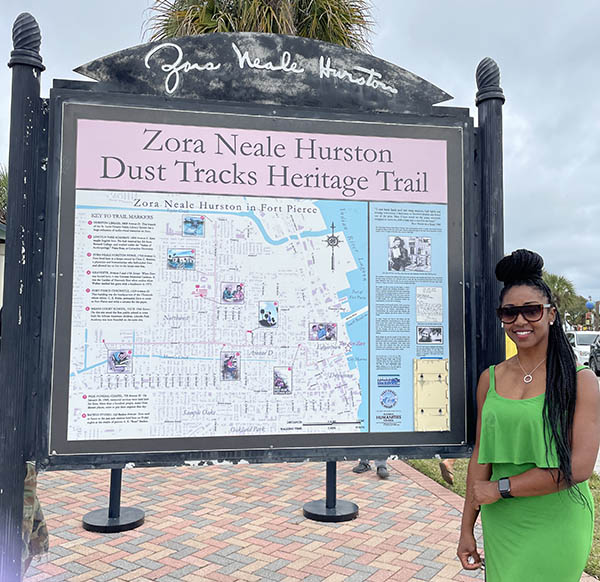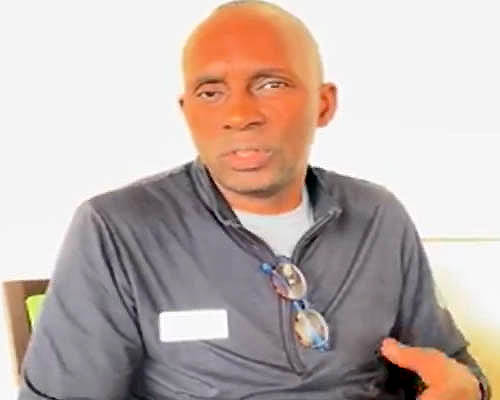Tucked away in Florida is a hidden gem called Port Saint Lucie. Unlike Orlando, West Palm Beach, or Miami inundated with travelers from around the globe, events, and parties, Port Saint Lucie offers a refreshing approach for relaxation and fun. It is appealing for both golfers and non-golfers of every age because there is a lot to do, from the Saturday Farmer’s market to hitting golf balls at PopStroke which is co-owned by Tiger Woods.
Located on the “Treasure Coast,” Port Saint Lucie and the neighboring communities deliver a trifecta of African American history, golf, and life-altering sunrises. Port Saint Lucie earned the name Treasure Coast when a fleet of eleven Spanish ships sank offshore in a hurricane full of gold and silver.
Port Saint Lucie is home to multiple public, semi-private and private golf courses within 30 minutes. Martin Downs Golf Course, owned by Stanley Campbell, is a 45-minute drive, one county away. Although not in Port Saint Lucie, when staying so close not visiting a Black-owned golf course is a missed opportunity.
Port Saint Lucie is home to the PGA Village which opened in 1996. Located at 1916 Perfect Drive are three distinct and uniquely challenging golf courses, Wanamaker, Dye, and Ryder. Many mistakenly overlook The PGA Short Course, a par-3 course, but it is the real hidden gem because golfers can work on their short game for little to no cost. The best way to prepare for golf at PGA Village is to play the par-3 course, says G. Sean Schley, the first Black Assistant PGA professional.
The Wanamaker Course requires conservative and strategic approach shots. At 7079 yards from the back tees, this Fazio-designed course leverages Florida’s natural landscapes. The green on hole #7 is mindblowing, undulating, and conveniently adjacent to a pond. From 100 yards in, each hole on this course is a pleasure for anyone with a sharp short game. Putting presents a unique challenge with slick greens and extreme undulation on every hole.
The speed variations on a single hole make the most experienced golf wonder if reading these greens, requires a degree. The birth of The PGA of America in 1916 was inspired by Rodman Wanamaker, the course’s namesake, and golf course address. Golf cart attendant, John Stockl, a native of NJ who retired and now lives his best life working at the golf course, enjoys hole #16 because it is a “true course management hole” and the challenge is what everyone loves.
The Ryder course is reminiscent of the Carolinas. Named in honor of Samuel Ryder, founder of the Ryder Cup, it is also designed by Fazio, this course measures 6826 from the furthest tees. From Medal, Tournament, Standard, Middle, Forward, to Friendly, PGA Village’s impressive selection of several tee boxes make the experience enjoyable for varying skill levels and strategically improves your game.
The fairways adorned with Bermuda grass allow for trick shots like putts with your hybrid because the greens are fast, as is the pace of play at every golf course in PGA Village. Hole #9 is the most difficult. This hole and a few others strangely require golfers to play uphill into the wind. It is unkind to anyone that slices the ball. A multi-level green makes ball placement critical to avoid a dreaded three-putt stroke.
“Dye Designs believes that Dye courses can produce better golfers.” Designed by Pete Dye, the Dye Course at PGA Village requires golfers to think about every shot. Measured at 7221 yards from the longest tee, the links-style course leverages design elements from old-school courses in Scotland. Hole #2 is the most difficult on this course and while it is a long par-4, the approach shot to the narrow green raises the difficulty level of this hole. Features like pot bunkers, undulating greens and fairways, and waste areas highlight the natural wetlands while making the round a “Dye-abolical” experience.
Aside from having 54 holes of pristine golf, PGA Villiage is a unique destination because it is one of only two official golf courses run by the PGA. The other course is Vahalla in Louisville, Kentucky.
In addition to golf, visitors will discover stories of resilience, creativity, and culture in Post Saint Lucie and Fort Pierce. The rich cultural history of the Florida Highwaymen and Zora Neale Hurston are two more invaluable gems.
Many have not heard of the Florida Highwaymen Heritage Trail. Displayed along the Florida highways, 26 African-American artists painted over 200,000 regional landscape paintings starting around 1950. Of the known 26 painters, 8 are still alive today. The historic Backus Museum contains a collection of the Highwaymen pieces.
The Zora Neale Hurston Dust Tracks Heritage trail is a different journey, rich with history, intertwined in a small community named Fort Pierce. Forever changed by her vibrant spirit, unapologetic prose, and resilience, the community continues to celebrate her as their own. The tour takes visitors back to an era when redlined neighborhoods were self-sufficient and thrived, serving as the foundation for Black Wealth, despite the circumstances. Both Heritage trails play an instrumental role in keeping the legacy.

